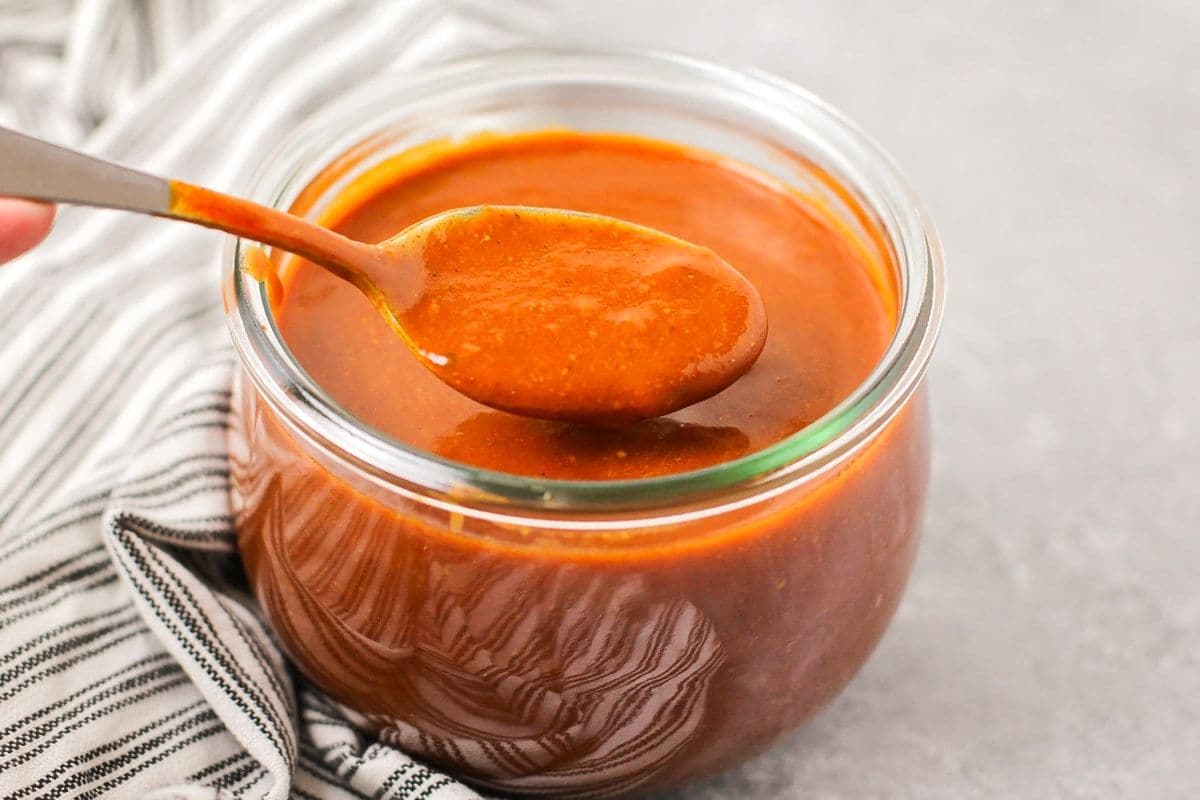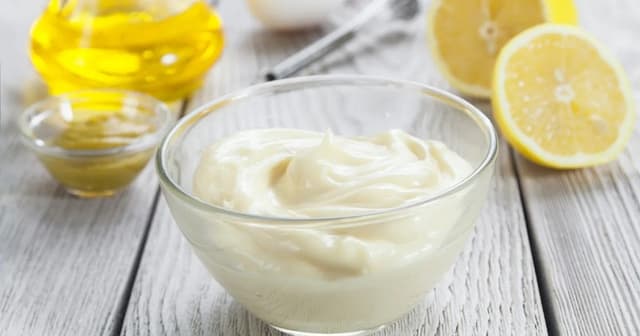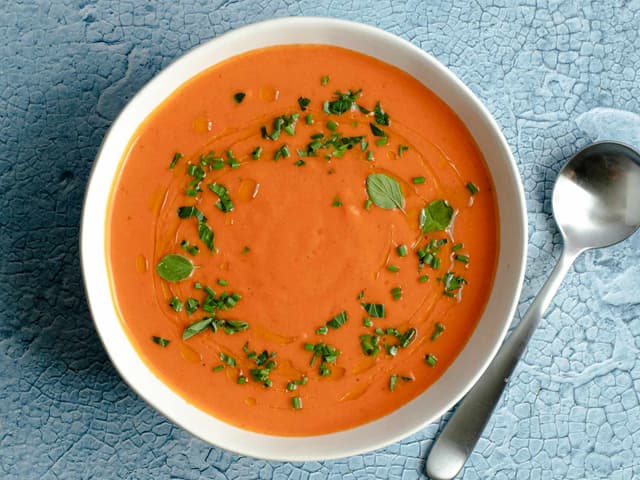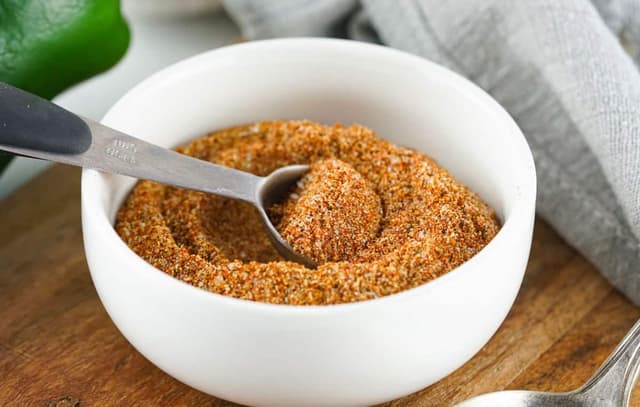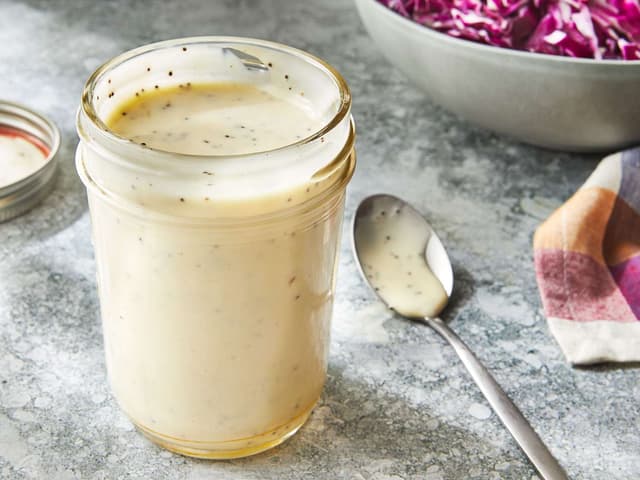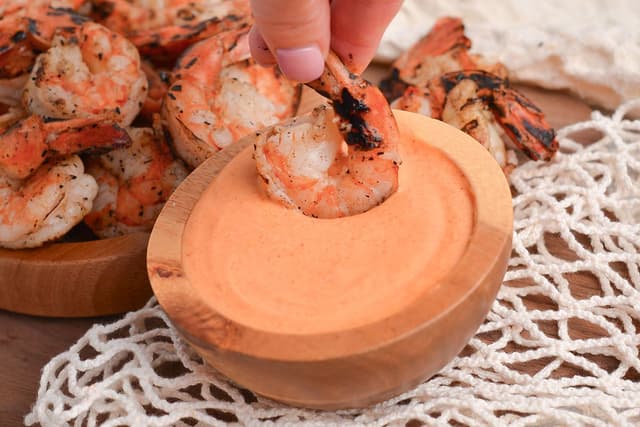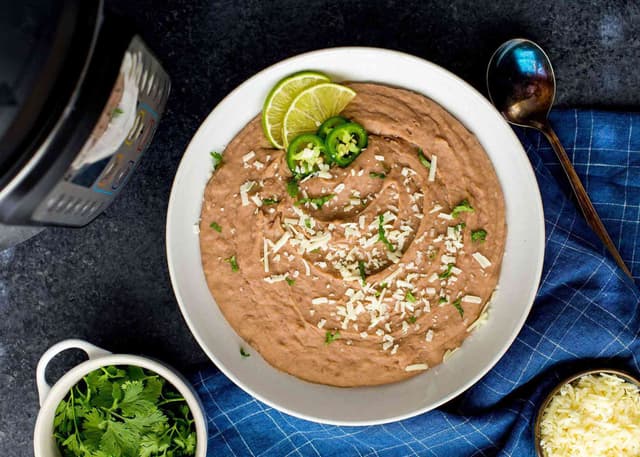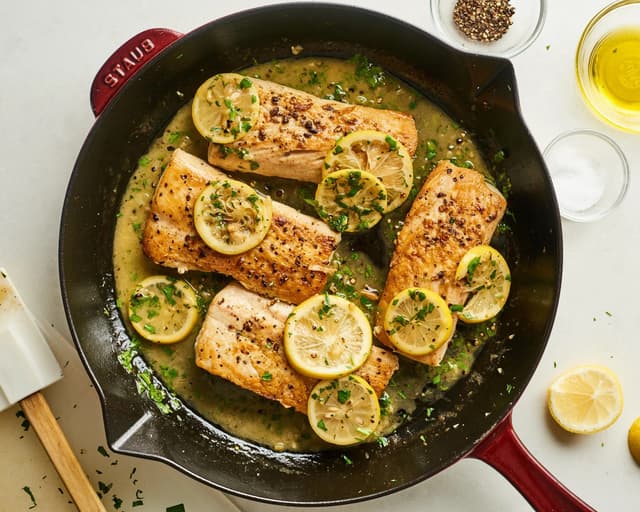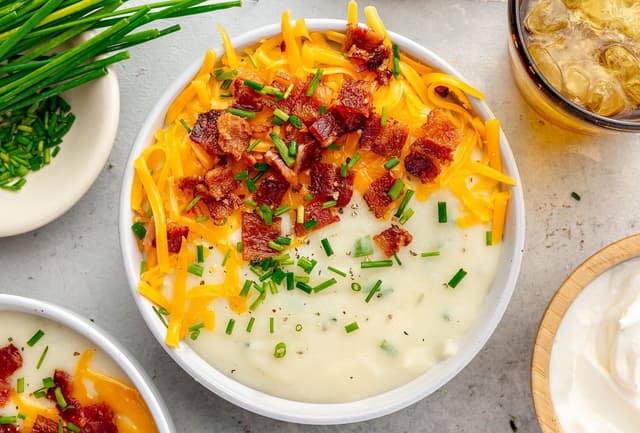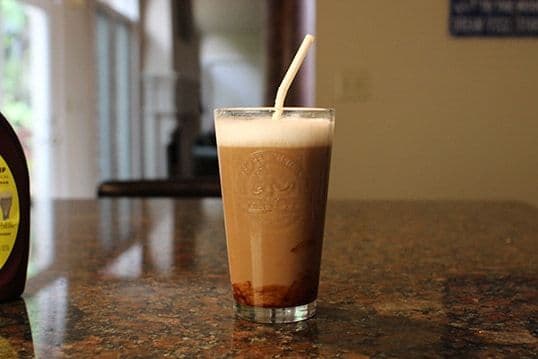Introduction
There are few things in the culinary world as deeply comforting and richly rewarding as a truly authentic enchilada sauce. Imagine its deep, brick-red color blanketing a pan of freshly rolled enchiladas, its complex aroma of toasted chiles, roasted garlic, and warm spices filling your kitchen. This is not just a topping; it is the heart and soul of the dish, a vibrant, velvety sauce that transforms simple ingredients into an unforgettable meal.
Forget the one-dimensional, metallic taste of canned alternatives. The journey from whole dried chiles to a robust, nuanced sauce is a rewarding kitchen ritual that unlocks a spectrum of flavor you simply cannot buy. By following this guide, you will master the techniques to create a sauce so profound and delicious, it will elevate your home cooking and make you wonder why you ever settled for anything less.
Why Make This Delicious Sauce & When to Use It
The most compelling reason to make your own enchilada sauce is the unparalleled depth of flavor. Commercial chili powders can't compare to the complex, smoky, and fruity notes released from whole dried chiles when they are properly toasted and rehydrated. This process creates a sauce with layers of taste—earthy, sweet, and tangy—that is simply spectacular.
Making this sauce is also a deeply satisfying culinary craft. It connects you to traditional Mexican cooking methods, allowing you to build a foundational sauce from scratch. It's an opportunity to understand how simple, high-quality ingredients work together to create something truly special. This is more than a recipe; it's a technique that will become a cornerstone of your cooking repertoire.
While perfect for a festive enchilada feast, this sauce is a true kitchen workhorse. Use it to create comforting family casseroles during the week or as the star of a weekend brunch, making incredible chilaquiles or huevos rancheros.
Don't limit this flavor powerhouse to just enchiladas. Its versatility is one of its greatest strengths. Use it as a flavor base for soups like pozole, a rich braising liquid for tender shredded chicken or pork, a bold topping for tacos and tamales, or even as an incredible, smoky dip for tortilla chips.

Basic Ingredients (Makes approx. 4 cups)
- 3 ounces Dried Ancho Chiles: These form the rich, smoky, and mildly fruity backbone of the sauce, providing a deep mahogany color and a complex, raisin-like sweetness that chili powder simply cannot replicate.
- 3 ounces Dried Guajillo Chiles: These are the workhorse chiles, contributing a bright, tangy flavor with earthy undertones and giving the sauce its signature vibrant red hue. They balance the sweetness of the Anchos.
- 2-3 Dried Chiles de Árbol (Optional): These small but mighty chiles are purely for heat. Use them to customize the spiciness of your sauce to your exact preference, from a gentle warmth to a fiery kick.
- 1 medium White Onion, quartered: This provides a foundational sweet and pungent aromatic base. Using fresh onion is crucial for a vibrant, complex flavor that onion powder cannot match.
- 4 large cloves Garlic, peeled: This adds a pungent, savory depth that rounds out the chile flavors. Roasting the garlic alongside the chiles first mellows its raw bite and adds a nutty sweetness.
- 2 ripe Roma Tomatoes, halved: These add a touch of bright acidity and body to the sauce, helping to balance the deep, earthy flavors of the chiles. Using fire-roasted canned tomatoes is also an excellent option.
- 4 cups Chicken or Vegetable Broth, divided: This is the liquid base that brings everything together. Using broth instead of water adds a significant layer of savory depth and richness to the final sauce.
- 1 teaspoon Ground Cumin: This essential spice provides a warm, nutty, and distinctly earthy flavor that is characteristic of many Mexican dishes and pairs perfectly with the chiles.
- 1 teaspoon Dried Mexican Oregano: Different from its Mediterranean cousin, Mexican oregano has citrus and mild licorice notes that are specifically complementary to the flavor profile of dried chiles.
- 1 teaspoon Sea Salt (or to taste): Salt is crucial for enhancing and marrying all the other flavors in the sauce. It transforms the individual notes into a cohesive, delicious whole.
- Small piece of Mexican Chocolate or 1 tsp Brown Sugar (Optional): This is a secret weapon for balancing flavor. This small addition can counteract any slight bitterness from the chiles and adds an incredible, subtle layer of complexity, nodding to traditional mole recipes.

Step-by-Step Preparation
- Prepare and Toast the Chiles: First, remove the stems and seeds from the 3 ounces of dried ancho and 3 ounces of guajillo chiles, plus the optional chiles de árbol. Heat a dry cast-iron skillet over medium heat and toast the chiles in a single layer for 30-60 seconds per side, just until they become fragrant and slightly pliable. Be vigilant here; scorching them will make the sauce bitter.
- Rehydrate the Chiles and Aromatics: Place the toasted chiles in a bowl. In a saucepan, bring 4 cups of chicken or vegetable broth to a boil, then pour it over the chiles. Add the quartered medium white onion and 4 cloves of garlic to the bowl. Cover and let everything steep for 20-30 minutes, until the chiles are very soft and the aromatics are slightly tender.
- Blend the Sauce Base: Transfer the softened chiles, onion, and garlic, along with the 2 halved Roma tomatoes, to a blender. Pour in 2 cups of the warm soaking broth, then add the 1 teaspoon of ground cumin, 1 teaspoon of Mexican oregano, and 1 teaspoon of sea salt. Blend on high speed for 1-2 minutes, until the mixture is completely smooth.
- Strain for a Silky-Smooth Texture: Position a fine-mesh strainer over a large bowl or saucepan and pour the blended purée through it. Use a spatula to press the liquid through, scraping the underside to get every last drop. This crucial step removes any tough bits of chile skin and seeds, ensuring a velvety, luxurious final texture that is the hallmark of a great sauce.
- Simmer to Deepen and Marry Flavors: Heat 1 tablespoon of oil in a large saucepan over medium-high heat. Carefully add the strained chile purée—it will sizzle and spatter. Cook, stirring constantly, for 5-7 minutes until the sauce darkens in color and thickens to the consistency of tomato paste. Slowly whisk in the remaining 2 cups of broth until smooth. Bring to a boil, then reduce the heat and simmer gently, uncovered, for about 30 minutes to allow the flavors to meld and deepen beautifully.

Tips for the Perfect Sauce
- Achieving a Silky-Smooth Texture: The one-two punch of a high-powered blender followed by meticulous straining is the secret to a restaurant-quality sauce. Do not skip straining; it's what separates a good rustic sauce from a refined, velvety one.
- Balancing the Flavors: If your sauce has a slight bitter edge from over-toasted chiles, don't worry. Stirring in a small piece of Mexican chocolate or a teaspoon of brown sugar at the end of simmering will counteract the bitterness and add wonderful complexity.
- Controlling the Heat Level: This recipe is a guide, not a rule. For a completely mild sauce, simply omit the chiles de árbol and rely on the rich flavor of the Ancho and Guajillo chiles. For more fire, add extra chiles de árbol or even a canned chipotle pepper in adobo sauce when you blend.
- The "Frying the Purée" Secret: Cooking the strained purée in hot oil until it becomes a thick paste is a professional technique that makes a huge difference. It intensifies the chile flavors, blooms the spices, and helps emulsify the sauce for a richer texture and a beautiful, glossy sheen.
- For a Quicker, Tex-Mex "Chili Gravy": In a pinch, you can make a roux by cooking 2 tablespoons of flour in oil, then whisking in 2-3 tablespoons of quality chili powder for a minute before adding tomato sauce and broth. This creates a different but delicious "chili gravy" style sauce common in Tex-Mex cooking.

Serving Ideas
- The Ultimate Enchiladas: Generously coat classic fillings like shredded chicken, beef, or cheese and onion in this sauce before baking them to bubbly perfection.
- Breakfast of Champions: Use the sauce to make incredible chilaquiles by simmering it with tortilla chips, or ladle it over fried eggs for authentic huevos rancheros.
- Next-Level Tacos, Burritos, and Tamales: Drizzle warmed sauce over your favorite tacos, use it to create saucy "wet" burritos, or serve it alongside homemade tamales for a burst of flavor.
- Hearty Soups and Stews: This sauce makes a phenomenal, deeply flavorful base for a quick pozole—just add hominy and cooked pork or chicken. It can also be used to create a rich slow-cooker beef chili.
- Essential Garnishes: Complete your meal with an array of fresh toppings. Offer bowls of crumbled queso fresco or cotija cheese, Mexican crema or sour cream, fresh chopped cilantro, and thinly sliced white onion or radish for texture and brightness.

Tips for Storing and Reheating
Storing Leftovers
- In the Refrigerator: Once the sauce has cooled completely, transfer it to an airtight container, such as a glass jar. It will stay fresh and delicious in the refrigerator for up to one week.
- In the Freezer: This sauce freezes beautifully and is perfect for meal prep. It can be stored for up to 6 months. For convenient, single-use portions, pour the cooled sauce into ice cube trays. Once frozen solid, transfer the cubes to a freezer bag.
Reheating Tips
- From the Refrigerator: Gently warm the sauce in a saucepan over low-medium heat, stirring occasionally. You can also reheat it in the microwave, stirring every 30 seconds until it's heated through.
- From the Freezer: For the best texture, thaw the sauce overnight in the refrigerator before reheating. If you're short on time, you can place the frozen sauce in a saucepan with a splash of broth or water, cover, and heat over low heat, stirring as it melts.
Conclusion
Making authentic red enchilada sauce from scratch is a simple process with a transformative payoff. It invites you to step away from the canned aisle and into a world of deep, complex, and truly rewarding flavor. Once you taste the difference, you'll have a new secret weapon in your culinary arsenal, ready to elevate countless meals from ordinary to extraordinary.
Frequently Asked Questions
Q: Is this enchilada sauce spicy?
A: The spiciness is entirely up to you! This recipe uses mild Ancho and Guajillo chiles for a rich, deep flavor. The heat comes from the optional chiles de árbol, so you can add a few for a medium kick or more for a truly spicy sauce.
Q: Can I make this enchilada sauce gluten-free?
A: Yes, this authentic recipe is naturally gluten-free because it is thickened by the puréed chiles themselves, not with a flour-based roux. Making it at home is the best way to ensure it's gluten-free, as many store-bought sauces use flour.
Q: My sauce tastes a little bitter. How can I fix it?
A: Bitterness usually comes from slightly scorching the chiles during the toasting step. To fix it, stir in a small piece of Mexican chocolate or a teaspoon of brown sugar at the end of simmering; the sweetness will balance out the bitter notes beautifully.
Q: Why do I have to strain the sauce? Can I skip this step?
A: While you can skip it for a more rustic sauce, straining is the secret to a professional, silky-smooth texture. It removes the tough, fibrous skins of the chiles and any stray seeds, resulting in a luxuriously velvety sauce that coats food perfectly.
